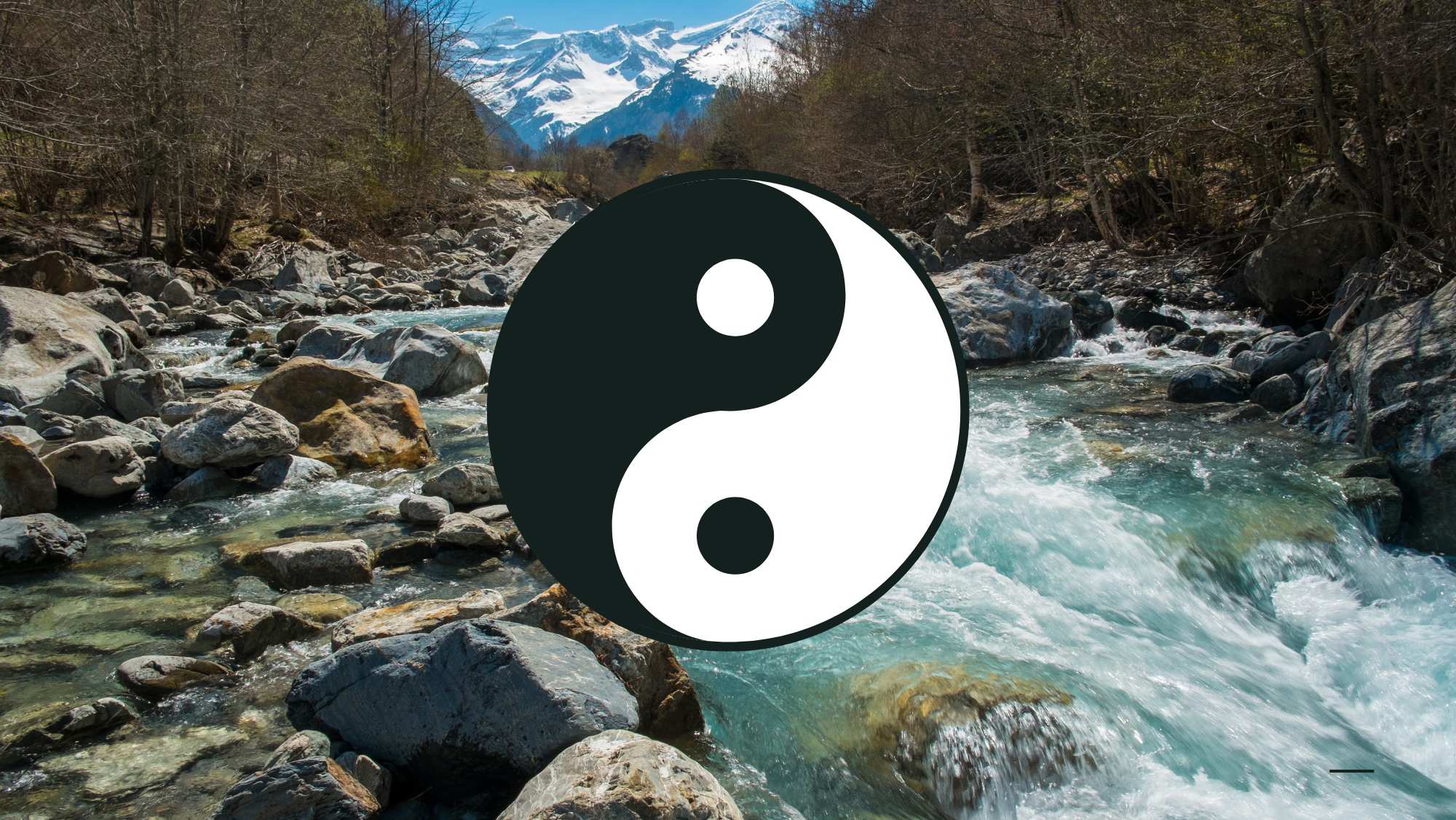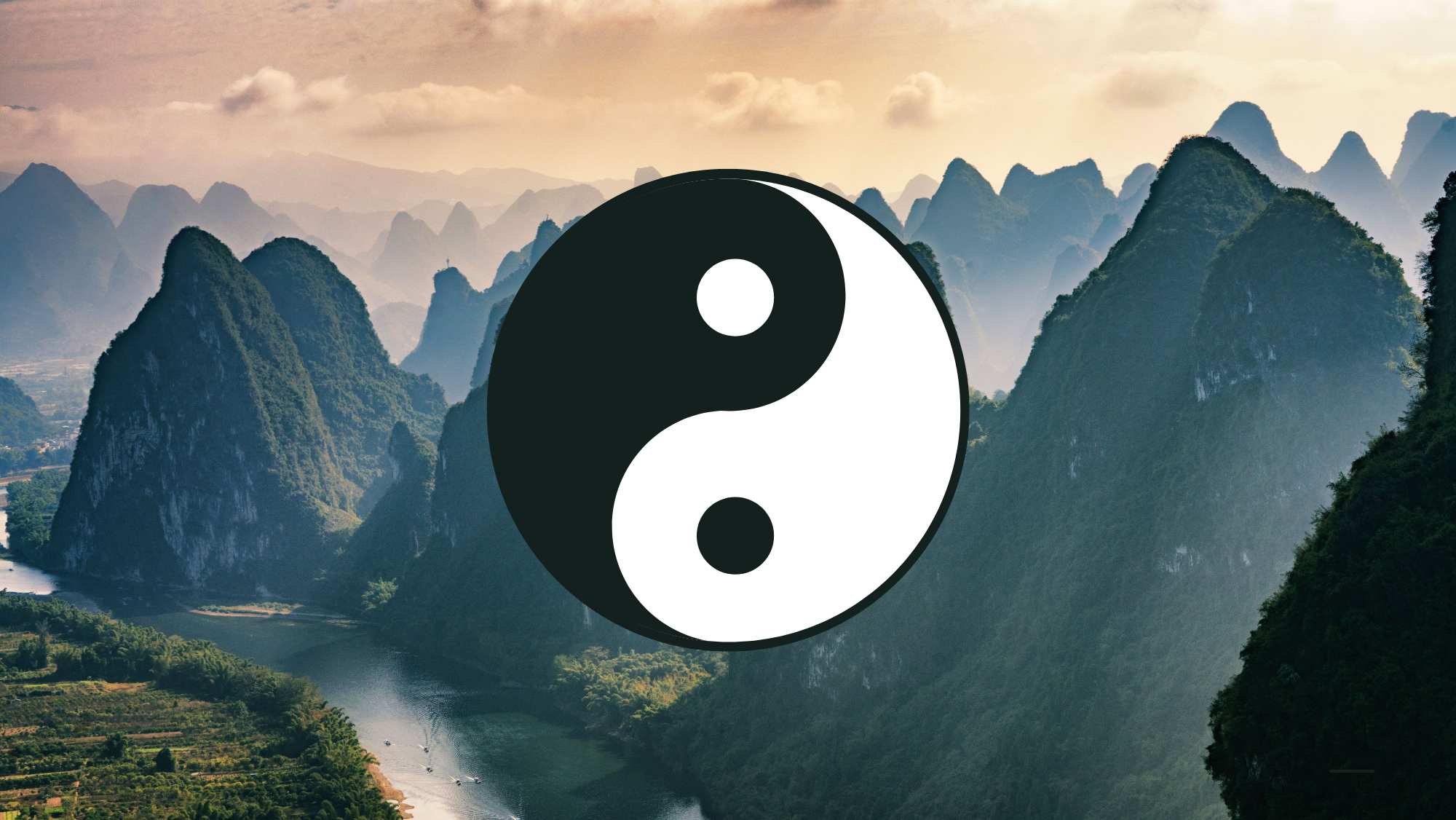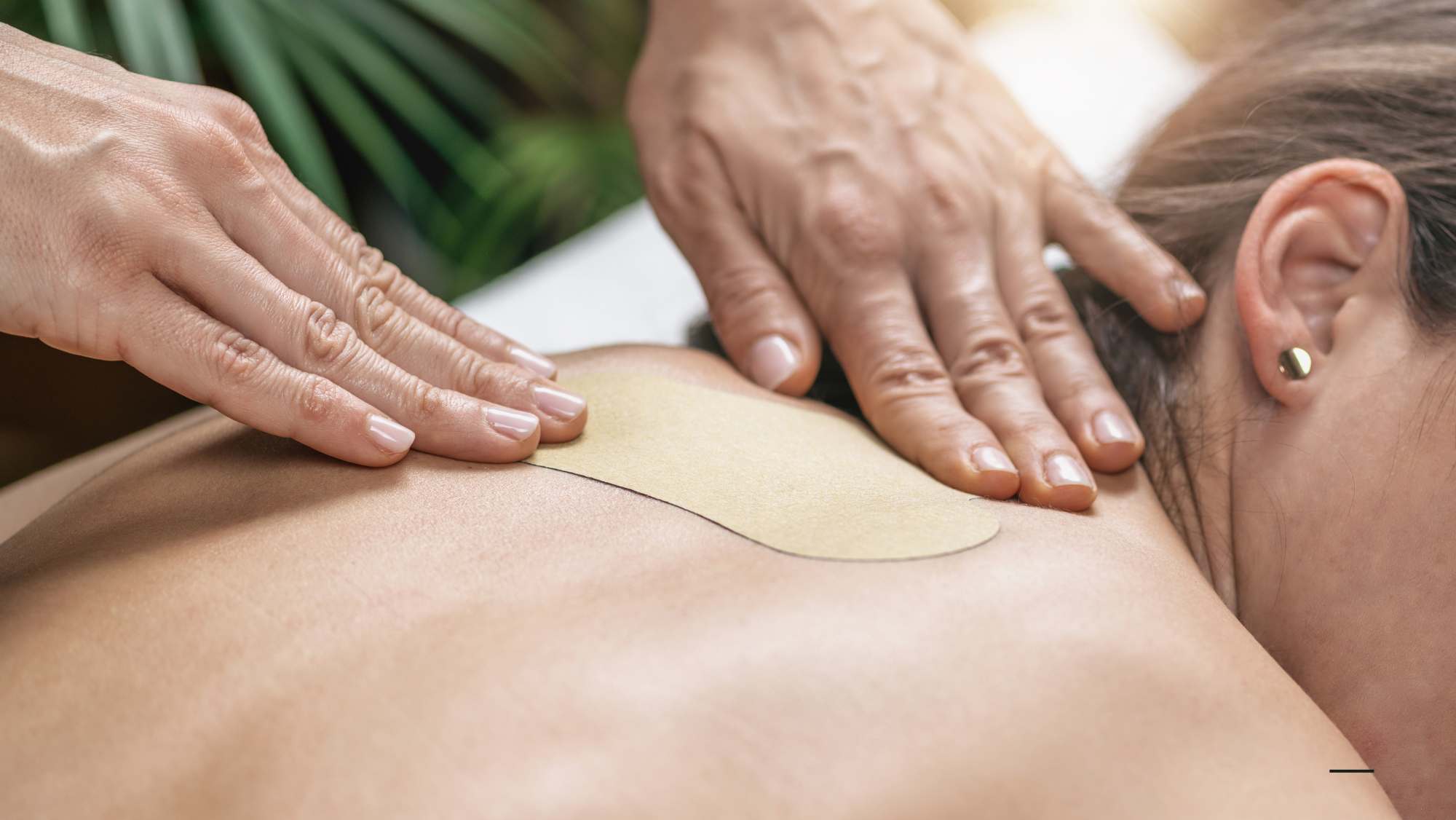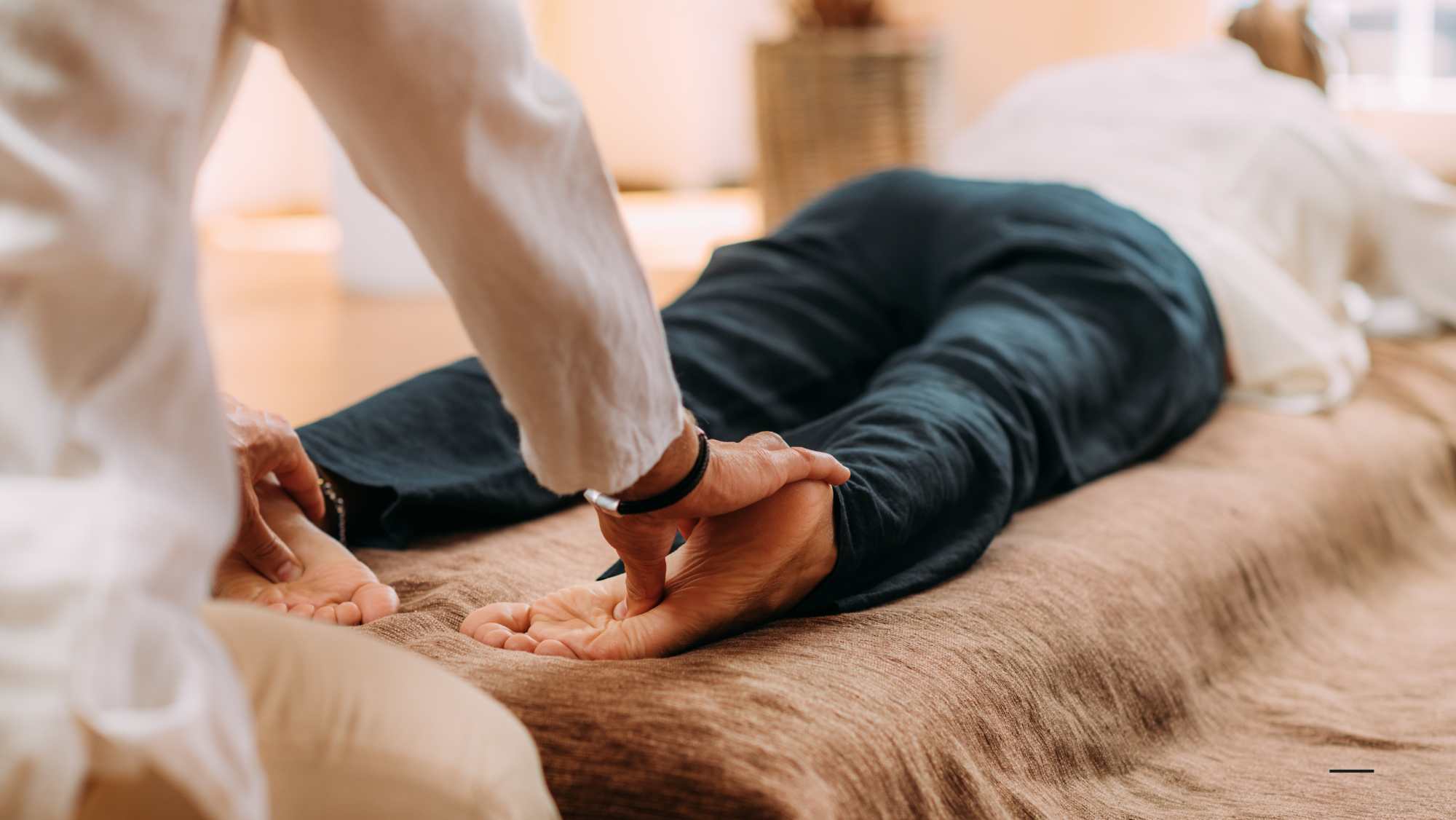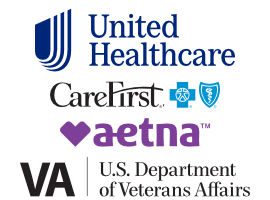Just as The Three Treasures are Eastern medicine’s theoretical foundation, the Vital Substances are necessary for life to exist and thrive. Each substance has its own importance for the body’s health. There are a total of four vital substances: Qi, Jing, Xue, and Jin Ye. Qi and Jing are also two of The Three Treasures.
Qi
Qi (pronounced chee) is one of the body’s Vital Substances and it is also considered to be one of the Three Treasures. Qi can be defined literally as either air or breath, but in Eastern medicine, Qi is a person’s vitality. Therefore, the term “life force” is a better definition to describe the full concept of Qi. Prana, mana, and pneuma are all terms from other cultures to describe the concept of life force.
It moves through the body in lines of vital energy (a.k.a. Qi) called meridians which are like a system of streams, rivers, and oceans. Qi flows through the meridians to the organs and various parts of the body. The movement of blood through our system is the responsibility of Qi. There are different forms of Qi throughout the body that have different functions.
There are a few foundational points to understand about Qi.
- First, it is a vital substance. However, there are currently no scientific means with which to measure Qi, so an acupuncturist or Chinese herbalist are the professionals trained to measure and evaluate a person’s Qi.
- Secondly, the body requires an appropriate amount of Qi flowing smoothly through the channels.
- Lastly, the amount of Qi and the smooth flow of Qi can be influenced by diet, breathing, exercise, appropriately expressing emotions, etc. It is for this reason that many Eastern medical practitioners prescribe herbs, dietary changes, or exercise such as Qigong or Tai Chi.
Jing
Another treasure is Jing. It’s considered the essence of life and in some cases can be compared to genetic disposition. Jing is responsible for reproduction, development, growth, and a person’s constitution. Jing is a foundational component in the production of Qi and it also supports marrow production.
There are two forms of Jing: postnatal and prenatal.
- Postnatal Jing is the form of Jing a person builds through diet and exercise whereas prenatal Jing is the amount a person has when they are born.
- Prenatal Jing is what a person gains from both of their parents. In most people, prenatal Jing reduces gradually over a person’s life. However, some forms of disease or lifestyles can quickly deplete an individual’s prenatal Jing. One example of a lifestyle that would quickly deplete a person’s prenatal Jing is drug or alcohol abuse or addiction.
Postnatal Jing is built through proper breathing, diet, and exercise. Postnatal Jing helps to offset over-usage of prenatal Jing. Suppose an individual has premature graying as well as other symptoms implying Jing deficiency, so he or she decides to enter acupuncture treatment. Their practitioner may prescribe certain lifestyle changes and herbal supplements that the patient follows faithfully.
It is possible that within 12-24 months, the premature graying or other symptoms have either halted or improved. This is a best-case scenario, but it demonstrates how lifestyle changes, acupuncture, Chinese herbs, and other Eastern modalities can affect a patient’s growth and development.
There have been no documented cases of an excess of Jing. However, Jing deficiency affects a person’s growth and development. It will also impact their reproduction and cell regeneration. Jing deficiency appears either through genetic disposition or through harsh lifestyles.
Xue (pronounced shhway)
Most of the substances we have discussed have been etheric. Xue is the term we use for blood in Eastern medicine. It can be seen with the human eye and touched with the human hand. This is one of the most important Vital Substances in the body because it is necessary for the development of organs, muscles, tendons, skin, nerves, and bones. Xue is also responsible for nourishing and moistening the body.
One of the theoretical qualities of Xue is that it “houses” or “anchors” the Shen. In other words, Xue acts as a root for the Shen thereby balancing the psyche. Another key principle of Xue is that it is interdependent on Qi just as Qi is interdependent upon Xue.
Jin Ye
Jin Ye is the term used for body fluids. These fluids include mucus, stomach fluid, saliva, sweat, breast milk, semen, and other fluids the body secretes. This Vital Substance is what moistens, lubricates, nourishes and protects the body.
Bodily fluids are broken down into two categories: Jin and Ye. Jin are pure, light fluids such as sweat and saliva, whereas Ye are dense, dark fluids such as sinovial or spinal fluid. The Ye nourish the joints, organs, bones, brain, and body cavities, and the Jin nourish the muscles and the skin. There is an interdependency between the Xue and the Jin Ye because they nourish and replenish each other. Also, they originate from the same source.
The most common pathology of the Jin Ye is dampness which is formed when the body is not transforming fluids appropriately. If dampness is allowed to progress, it can become phlegm. Just as one has phlegm in the nose from a cold, phlegm can develop in other parts of the body. Another pathology of the Jin Ye is dryness which happens when there are not enough fluids to nourish and replenish the body.
A Long Tradition and Exciting Future
Eastern medical theory and philosophy has been documented for 3,000 years through the writings of Huang Di, Shennong, and many other masters. Although there are variations in the theoretical approach in Eastern medicine, the foundational components remain the same. Eastern medicine is deeply rooted in the cultures of China, Taiwan, Korea, Japan, and other Asian countries. Many of these philosophies and practices were first introduced to the United States during the 19th century with the migration of people from China and other parts of Asia. This form of medicine started becoming mainstream about 50 years ago, and now has thousands of practitioners as well as schools with Masters and Doctoral degree programs throughout the United States.
Patients can further educate themselves through articles, books, and internet resources. However, one of the best resources is their own acupuncturist or Chinese herbalist. By learning the underlying terminology, a patient becomes empowered in understanding the underlying theory and philosophy of Eastern medicine. This empowerment allows them to make quality decisions about their health and wellness.


